If you walked into your local store to buy a smartphone, you would be forgiven if you thought all phones looked identical. Your choices mostly boil down to a traditional slab phone or the growing lineup of great foldables. While foldables are in a class of their own, slab phones generally range from a device like the Google Pixel 9 and its 6-inch display to something almost impossible to use with one hand, like the Samsung Galaxy S24 Ultra.
With big phones increasingly taking over the market, finding a small phone has become difficult. This is particularly true if you are on a budget or don’t want to spend flagship money on your next device. If you find the trend of big phones to be an abomination, then the Unihertz Jelly Max should be on your very short list of potential devices. Not only has Unihertz built a solid and competitive device, but it has done so while keeping the barrier for entry low.
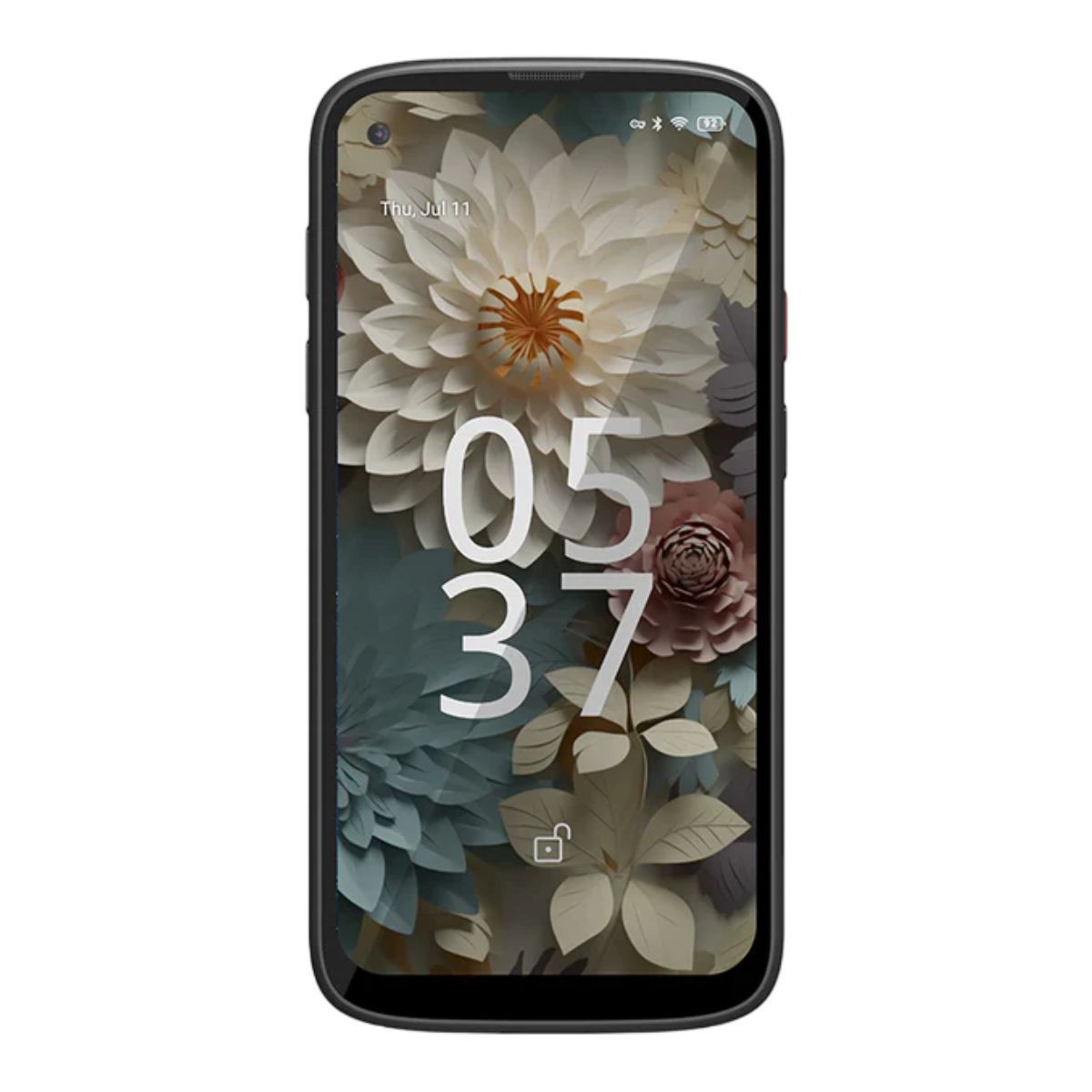
Unihertz Jelly Max
$320 $340 Save
$20
The Unihertz Jelly Max is a great option for anyone who wants a small and pocketable device. With an aggressively low price, the Jelly Max delivers solid performance and a great overall experience. It has a few flaws, but it’s a solid phone that does more than enough right.
- Very good performance
- Small footprint makes it an easy one handed device
- All-day battery life
- Small display is alright for the price
- Software support is severely lacking
- Camera isn’t great without great lighting
- Easily blocked single rear speaker
- Back plastic is very slippery
Price and availability
The Unihertz Jelly Max began on Kickstarter in July 2024 and hit its goal on the first day. Even our very own Matthew Sholtz, who was desperate for a small phone, helped crowdfund the project.
If you missed the Kickstarter project, don’t fear. The Jelly Max can be pre-ordered directly from Unihertz in its only available color, black, and is expected to ship in three weeks. Its retail price is $340, but it is $20 off during the pre-order period.
What’s good about the Unihertz Jelly Max?
A small phone that’s fun to use
If you like smaller, more pocketable devices but want something with a bigger and more usable display compared to the
Unihertz Jelly Star
, then the Jelly Max will surely bring a smile to your face. At 128.7 x 62.7 x 16.3mm, the Jelly Max was just big enough to hold comfortably without feeling like I would inadvertently drop it.
I was initially worried that its 16.3mm thickness would detract from the size, but my experience has been the opposite. The combination of its extra thickness and curved translucent back improved my ability to get a nice grip, not impinge on it. At 180g, the Jelly Max was nice and light for extended use.
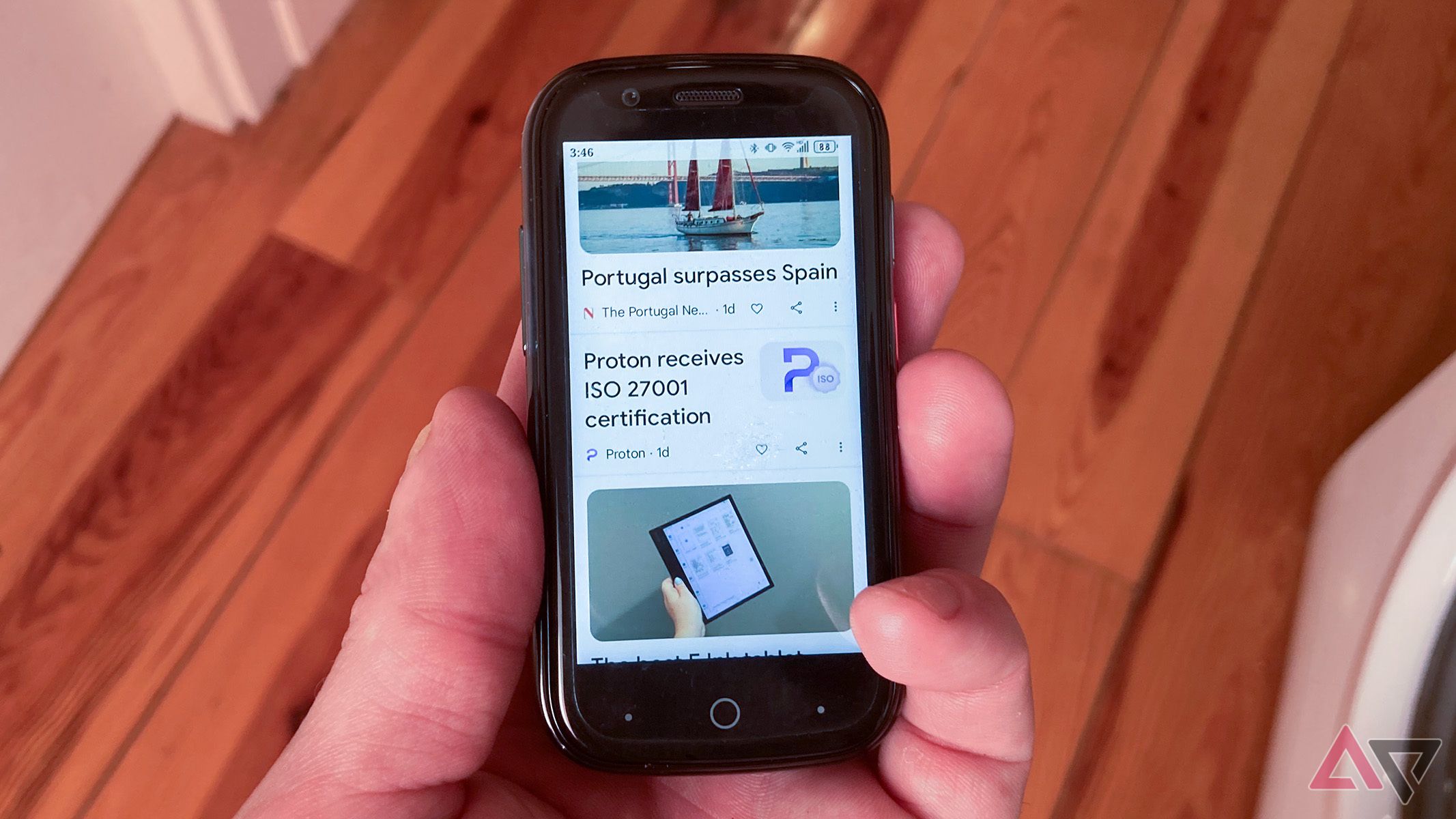
Read our review
Unihertz Jelly Star review: 3 inches of magic
There’s nothing like Unihertz’s latest tiny phone, and if you like it, you love it
The Jelly Max is extra thick due to the inclusion of its massive (for its size) 4,000mAh battery. As you can imagine, a battery of this size, coupled with its small display, results in excellent battery life. During periods of heavy usage, the Jelly Max had no trouble making it through an entire day. If you aren’t gaming or pushing the Jelly Max, it can easily make it a day and a half. If the battery does get low, Unihertz includes a 66W charger in the box, which can charge the phone fully in about forty minutes.
With 256GB of UFS 3.1 storage, there is plenty of space for your apps, pictures, and videos. If you need more, the Jelly Max has a hybrid slot that can house a second SIM card or a microSD card for expandable storage. Another nice feature is the addition of a programmable button that can be set independently to quickly launch apps for short, long, and double presses.
During my testing, the overall performance has been phenomenal thanks to the MediaTek Dimensity 7300 processor, which is coupled with 12GB of RAM. In Geekbench 6, the Jelly Max got a single-core score of 1027, a multi-core score of 3223, and a GPU score of 2481. This puts the Dimensity 7300 roughly on par with the Snapdragon 865 in terms of benchmark performance.
Benchmarks don’t say much about real-world performance, and I am happy to report that I experienced no slowdowns, and everything felt smooth in my day-to-day performance. Even games had zero issues on this phone. Genshin Impact was smooth at high settings, as was Call of Duty Mobile, which defaults to high graphics quality and a medium frame rate. Even during extended play sessions, the phone stayed cool, although my hands cramped a bit due to the small display size.
Part of the reason games run so well on this device is the 5.05-inch, 1520 x 720 LCD display. The size of the display perfectly balances being usable while retaining a small footprint. Overall, the display is crisp, clear, and easy to see. It only has a 60Hz refresh rate, which is a bit jarring coming from a 120Hz display, but you get used to it.
I was a bit conflicted with the display as a whole and wasn’t sure which section to put it in. Overall, the display is nice enough, but when competitors like the similarly priced
Samsung Galaxy A35
come with an AMOLED, 120Hz display, it leaves a bit to be desired. Ultimately, I felt it was good enough for the price, even if just barely.

Read our review
What’s bad about the Unihertz Jelly Max?
The update policy hurts the most
Cameras in this price range are usually hit-and-miss. In my experience, there are far more misses than hits. The Jelly Max has proven to be a mixed bag, but capable in the right scenario. It’s not perfect, but when the lighting was adequate, the resulting photos from the 100MP primary camera and 8MP telephoto camera were quite good. The images were clean, the details were sharp, and they had true-to-life colors. The telephoto camera was solid up to 3x zoom; after that, the photos increasingly became grainy and unusable.
Once things got a bit dimmer, the quality began to drop. Color accuracy remained strong, but images quickly became grainy. There’s also no night mode, so using it in the dark is not something you’ll be doing often. The camera also struggled to get macro shots, usually focusing on the wrong thing and refusing to cooperate when manually selecting the subject. The camera’s lack of versatility in these scenarios, along with its low-light performance, is why it ultimately landed in this section.
There are a couple of other questionable hardware choices. Unihertz included a fingerprint reader on the back of the device, which was nice to have but unreliable for me. It’s nearly flush with the back and can be difficult to find. Even when I did find it, it wasn’t always reliable and routinely made me unlock the device with my PIN.
The single speaker is also located on the back of the Jelly Max. Under normal use, it’s alright and can get quite loud. My main frustration was when using the phone on a flat surface, which would cover the speaker, resulting in an unpleasant and muffled experience. While we’re talking about the back, it’s incredibly slippery, which makes dropping it or having it accidentally slide off of something a real problem. Unihertz does include a TPU case which makes finding the fingerprint reader easier to find and negates the slippery back.
My biggest issue with the Jelly Max is Unihertz’s non-existent update policy. The Jelly Max comes with a near-stock Android 14, and it will likely receive minimal updates for the duration of its life. You may get sporadic security updates, but even that isn’t guaranteed. If you buy this device, do so with no expectation of a software update.
Should you buy the Unihertz Jelly Max?
The Unihertz Jelly Max has proven to be quite the phone for its midrange price. Its small stature and strong performance make it more than worth it for anyone who wants a 5G device with a small display. It also has fantastic battery life, and the 5.05-inch display is good enough for the price.
It’s not a perfect device by any means. The cameras are good when the lighting is sufficient, but they lack versatility and struggle when the lights dim. The speaker and fingerprint issues are easily negated with the included case, but if you hate cases, then you are going to have to deal with them. The biggest problem is with the software policy, and when companies like Samsung and Google support their devices for seven years, it’s a bitter pill to swallow. If Unihertz had even a marginally better track record with software support, the Jelly Max score would easily bump to an 8 or 8.5.
If you can get past its cons, the Unihertz Jelly Max is a blast to use. It’s a breath of fresh air to easily use the device one-handedly, and the Dimensity 7300 processor is more than up to the task, making for a solid device. You don’t have many options in the small phone space, and the Jelly Max is the smallest of the lot. Luckily, it’s quite fun to use and excellent for the price.

Unihertz Jelly Max
$320 $340 Save
$20
Unihertz took everything that worked for the Jelly Star and stretched it out a bit to create the Jelly Max. With great performance, a good enough display, and fantastic battery life, this phone does a lot right. It lacks software support, and its cameras aren’t very versatile, but if you want a small phone, this is a solid option.

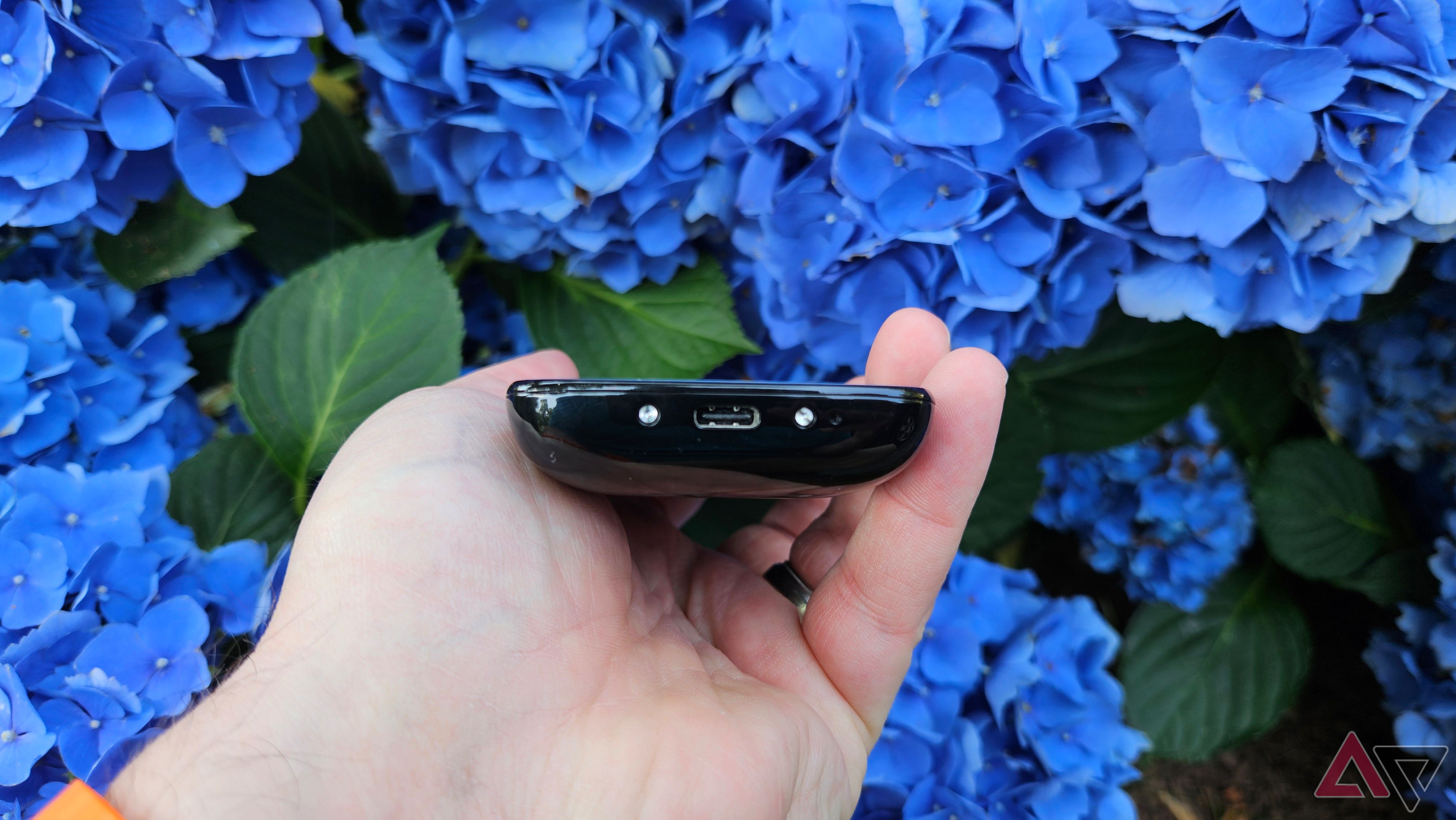
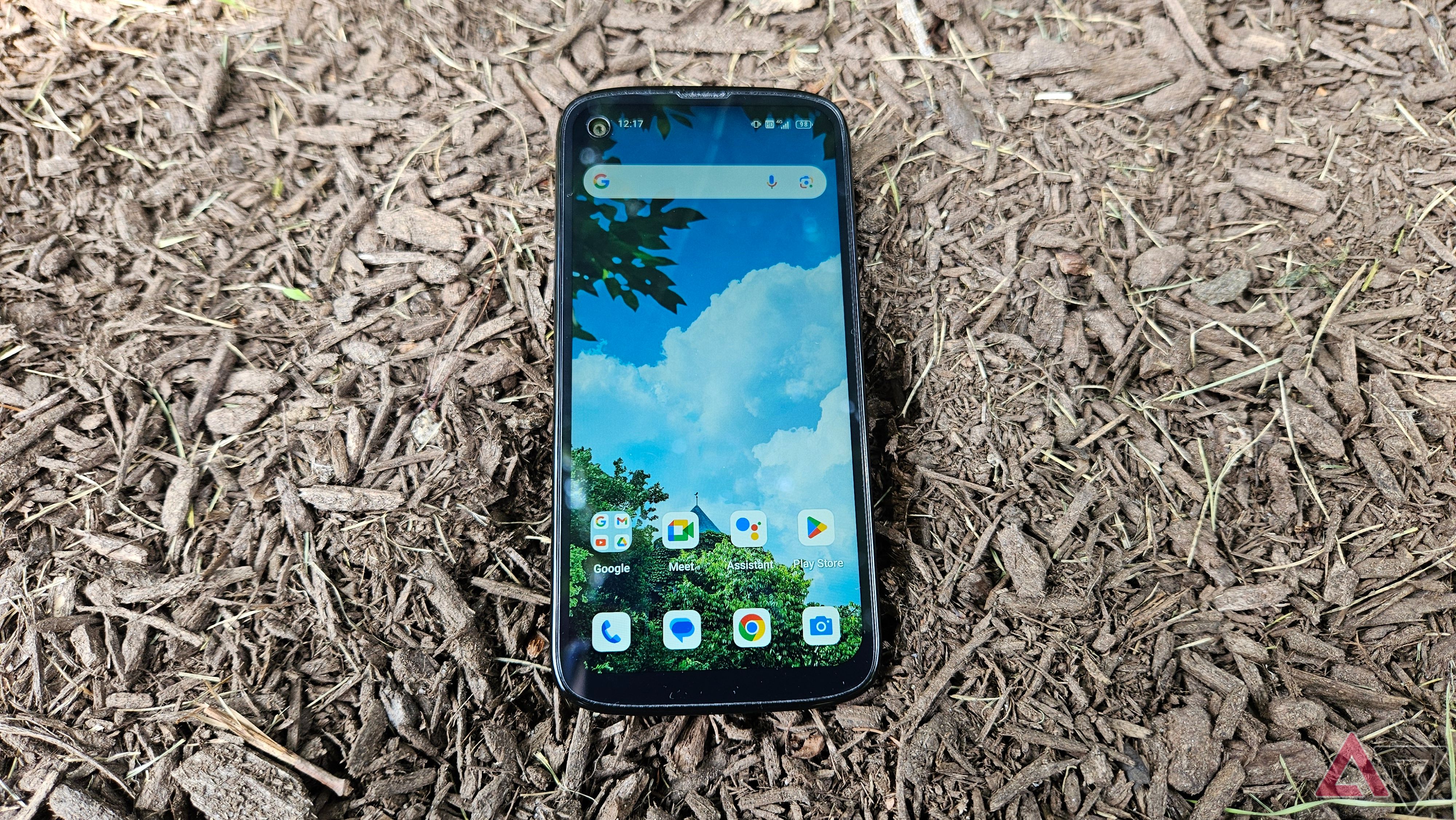

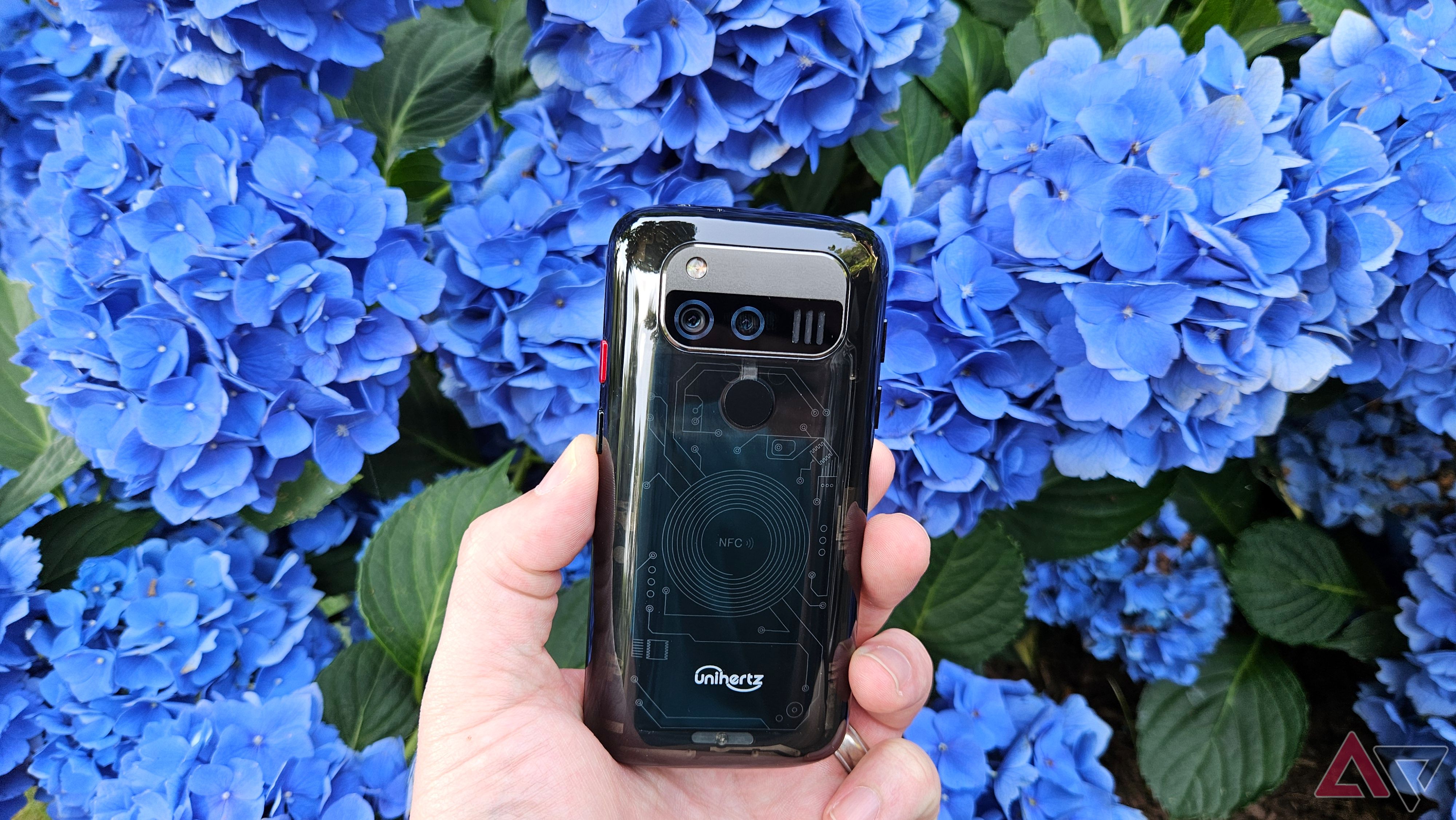




GIPHY App Key not set. Please check settings